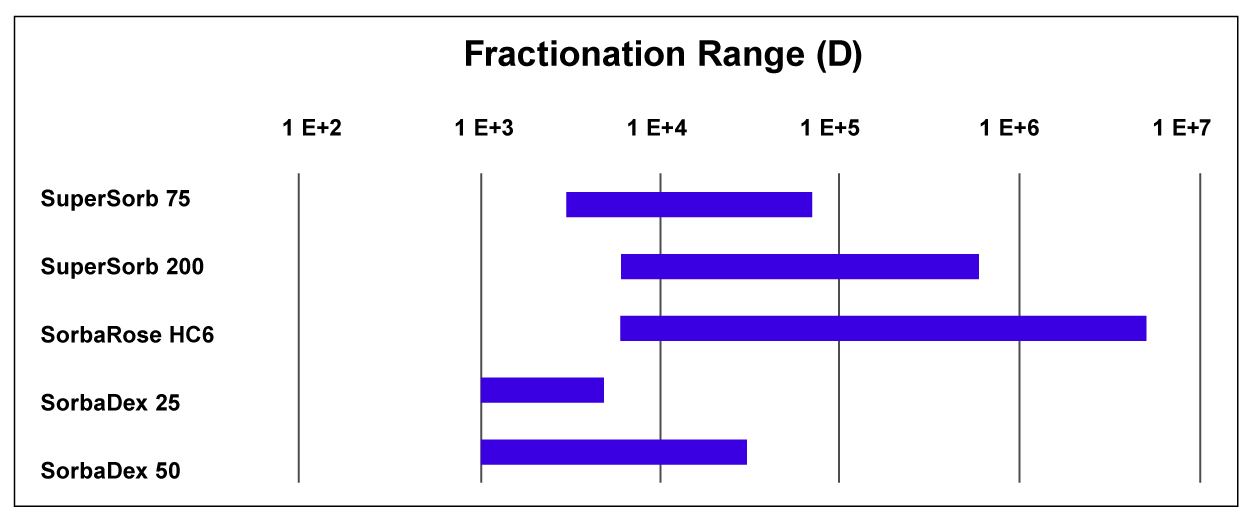Size Exclusion Chromatography: Principle, Mechanism, and Applications
Abstract
Size exclusion chromatography (SEC), also called gel filtration chromatography, is a powerful method used to separate and analyze molecules by size. This article explains the principles, mechanism, and major applications of SEC. Moreover, it highlights its importance in science and industry while pointing to future improvements.
1. Introduction
Size exclusion chromatography (SEC) separates macromolecules based on their size. The process works because molecules interact differently with the stationary phase, which contains pores. Smaller molecules enter the pores and take longer to pass through, while larger molecules move around the pores and exit the column more quickly.
As a result, SEC provides reliable information about molecular size. In addition, scientists value the method because it is simple, consistent, and does not damage the sample.
2. Mechanism of Size Exclusion Chromatography
In SEC, the column contains gel beads or particles with pores of a specific size. When a sample is loaded into the column, the separation occurs in the following way:
-
First, smaller molecules move into the pores and follow longer paths.
-
Next, larger molecules remain outside the pores and travel more directly.
-
Finally, molecules leave the column at different times, which produces a chromatogram.
Consequently, the chromatogram shows separation based mostly on size rather than chemical properties.
3. Applications of Size Exclusion Chromatography
3.1 Biomolecular Analysis
Scientists use SEC to study proteins, nucleic acids, and other biomolecules. The method helps measure molecular weight, folding, and aggregation. Moreover, researchers rely on SEC in structural biology to analyze complex formation.
3.2 Polymer Characterization
Polymer scientists use SEC to determine size, weight distribution, and uniformity in both synthetic and natural polymers. Therefore, the method supports quality control, process development, and performance testing.
3.3 Environmental Sciences
Environmental researchers apply SEC to study organic matter, polymers, and particles in water samples. As a result, the method provides insight into pollution control and ecosystem health.
3.4 Pharmaceuticals
In drug development, SEC analyzes protein-based drugs. It identifies issues such as impurities, aggregation, and instability. In addition, the method ensures the safety and quality of biopharmaceuticals.
3.5 Food and Beverage Industry
The food industry uses SEC to examine proteins, sugars, and fats. Therefore, it improves product quality, safety testing, and formulation design.
3.6 Petrochemical Industry
The petrochemical sector applies SEC to analyze crude oil fractions, polymers, and additives. Moreover, the technique helps monitor polymerization and refining processes.
4. Advanced Techniques and Future Directions
Researchers have recently combined SEC with methods such as mass spectrometry, light scattering, and NMR. In this way, they obtain more detailed information about molecular size and structure.
Furthermore, new stationary phases and better detection systems are being developed. As a result, SEC will become even more accurate and useful in future studies.
Size exclusion chromatography is a simple and effective method for separating molecules by size. Because it works reliably across many fields, it has become a standard tool in biology, chemistry, food science, and industry. Moreover, future advances will continue to strengthen SEC’s role in analyzing complex mixtures and understanding molecular behavior.




